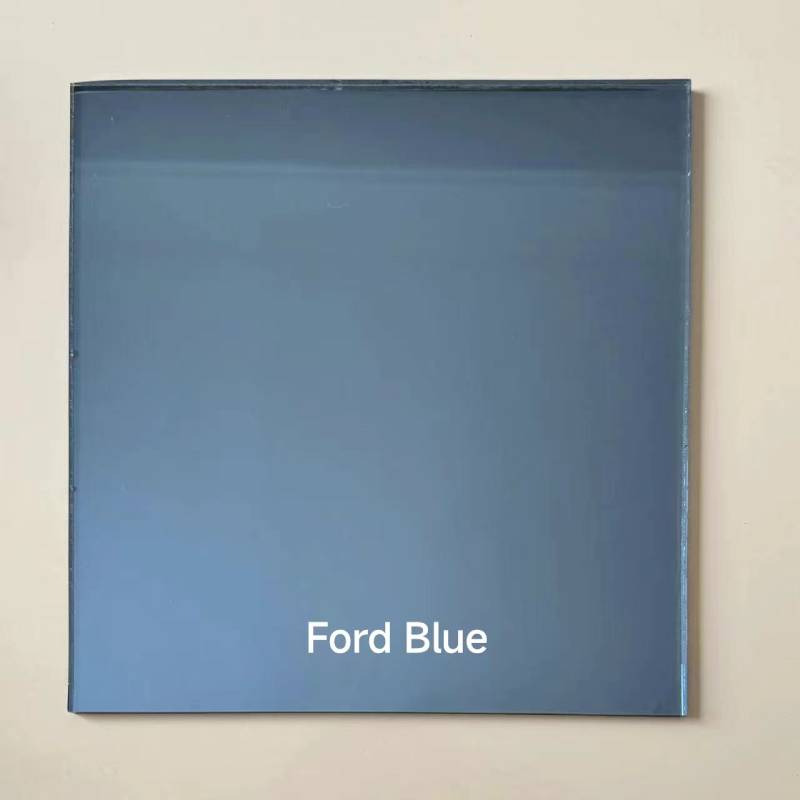

The Evolution and Advantages of Laminated Float Glass
Laminated float glass, a remarkable advancement in glass technology, has garnered significant attention in the architectural and automotive industries due to its remarkable characteristics. The process of laminating float glass involves sandwiching a layer of polyvinyl butyral (PVB) or ethylene-vinyl acetate (EVA) between two sheets of float glass. This technique not only enhances safety but also improves performance, making laminated float glass a preferred choice for various applications.
One of the primary benefits of laminated float glass is its superior safety features. In the event of breakage, the interlayer holds the glass fragments in place, significantly reducing the risk of injuries from flying shards. This quality is particularly advantageous in environments with high foot traffic, such as shopping malls and schools, and in vehicles, where shattered glass can pose severe hazards. Moreover, laminated glass is an effective barrier against forced entry, making it an ideal choice for securing homes and businesses.
In addition to safety, laminated float glass also offers sound insulation properties. The interlayer effectively dampens sound waves, making it an excellent solution for urban environments where noise pollution is a concern. Buildings equipped with laminated glass windows can create a more peaceful indoor atmosphere, providing occupants with a higher quality of life. This acoustic advantage is not only beneficial for residential properties but also for commercial buildings, hotels, and offices where a quiet environment can boost productivity and comfort.

Another significant advantage of laminated float glass is its UV protection capabilities. The interlayer can block up to 99% of harmful ultraviolet rays, safeguarding interiors from fading and damage caused by sunlight. This feature is especially valuable for protecting furniture, artworks, and flooring within homes and businesses, ensuring they maintain their appearance and longevity. As concerns about climate change and the impact of UV radiation continue to grow, the demand for laminated glass with enhanced UV protection is on the rise.
Moreover, laminated float glass is versatile and aesthetically pleasing. It can be manufactured in various thicknesses, colors, and tints, providing architects and designers with the flexibility to achieve their desired aesthetic without compromising on safety and performance. Customization options allow for the integration of laminated glass into a range of architectural styles, from modern skyscrapers to traditional homes.
The environmental impact of laminated float glass is also worth noting. Many manufacturers prioritize sustainability by sourcing materials responsibly and employing energy-efficient production processes. As a result, laminated glass can be a more eco-friendly option compared to traditional glass products. Furthermore, the durability and longevity of laminated glass contribute to reduced waste, as it requires less frequent replacement.
In summary, laminated float glass represents a significant evolution in glass technology, offering a blend of safety, performance, and aesthetic appeal. Its ability to enhance safety, provide acoustic insulation, block UV rays, and offer customization options makes it an attractive choice for a wide range of applications. As technology advances and the demand for sustainable building materials continues to grow, laminated float glass is poised to play a pivotal role in the future of architecture and design. Embracing this innovative material not only enhances the safety and comfort of spaces but also contributes positively to environmental sustainability efforts, making it a top choice for modern constructions.